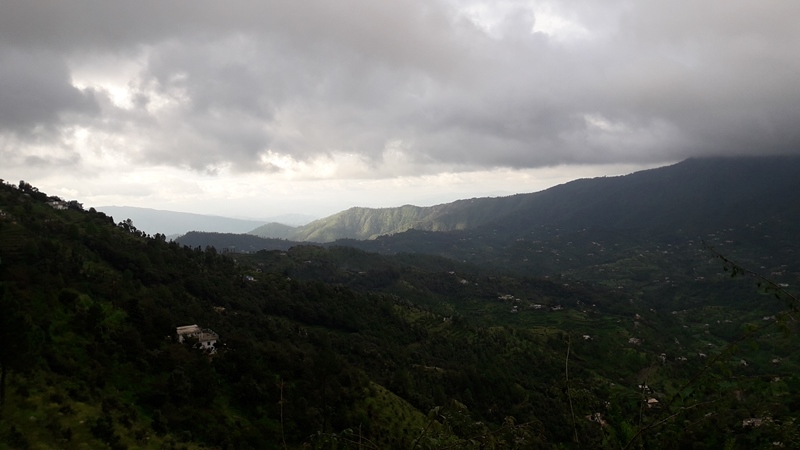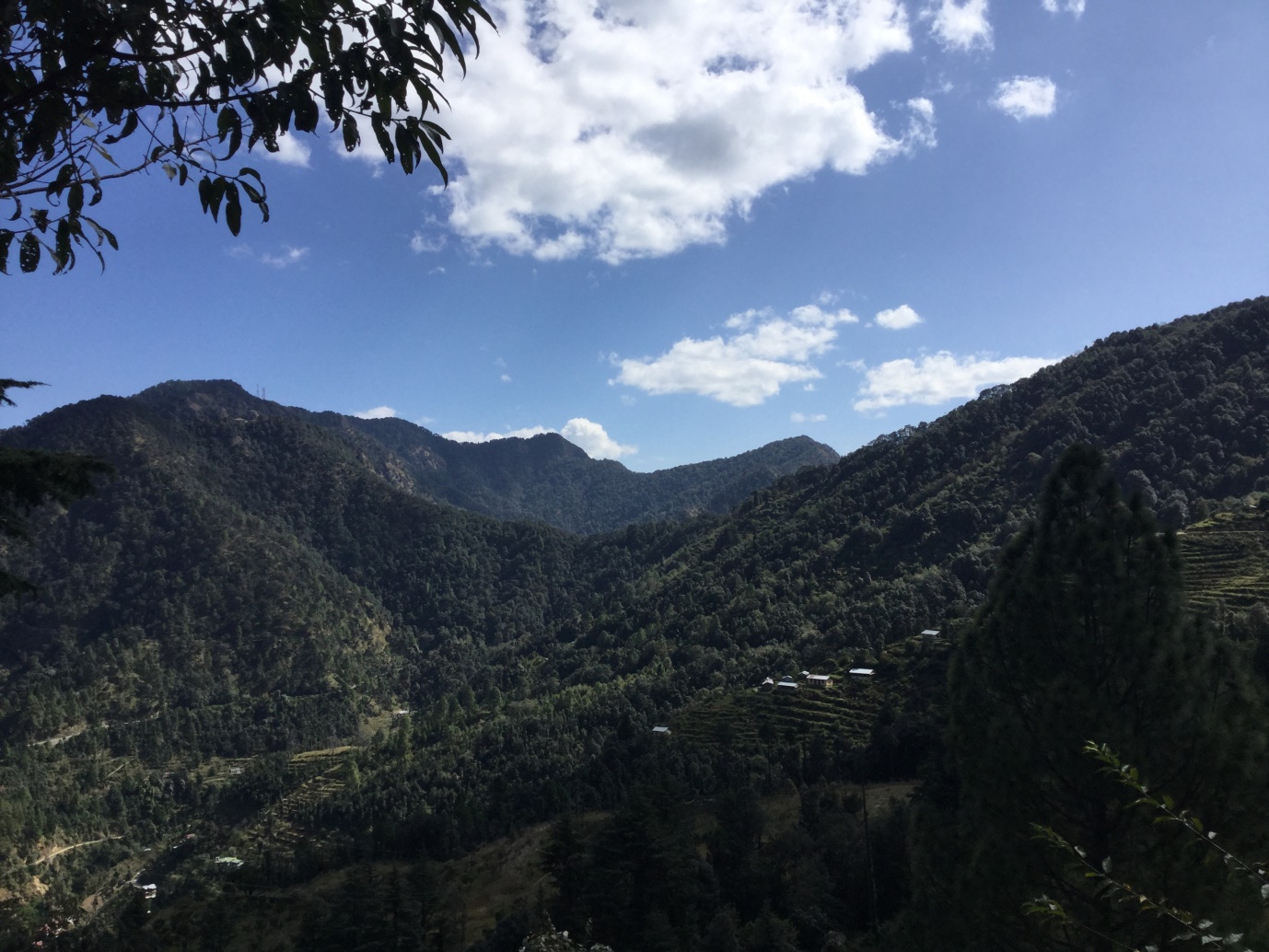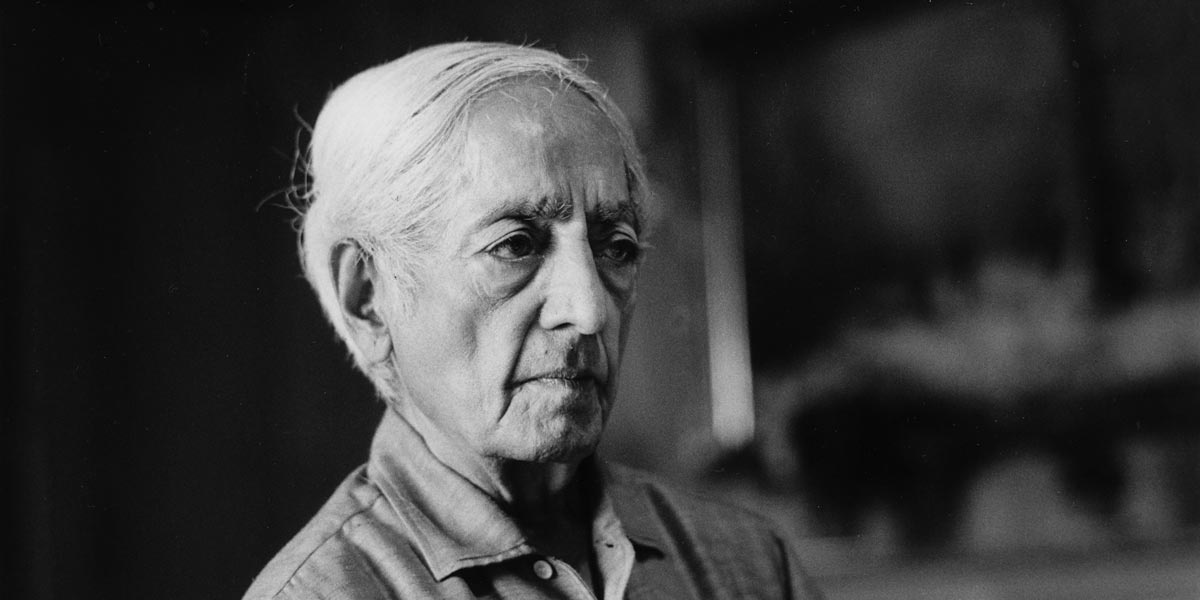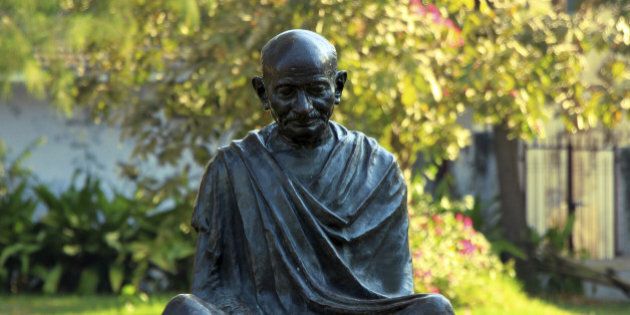Many people like to say that the coronavirus is teaching us a lesson, as if the pandemic were a kind of morality play that should lead to a change in our behaviour. It shows us that we can make big shifts quickly if we want to. That we can build back better. That social inequality is starkly revealed at times of crisis. That there is a “magic money tree”. The idea that crisis leads to change was also common during the financial crunch over a decade ago, but that didn’t produce any lasting transformations. So will post-COVID life be any different?
At the start of lockdown, in the middle of the anxiety and confusion, I started to notice that I was enjoying myself. I was cooking and gardening more; the air was cleaner, my city was quieter and I was spending more time with my partner. Lots of people started to write about the idea that there should be #NoGoingBack. It seemed that we had taken a deep collective breath, and then started to think about coronavirus as a stimulus to encourage us to think how we might address other big issues – climate, inequality, racism and so on.
Being an academic, I decided to put together a quick and dirty book on what life might look like after the crisis. I persuaded various activists and academics to write short pieces on working at home, money, leadership and lots of other topics. The idea was to show that the world could change if we wanted it to. The book is out now, but it already feels, only four months after I imagined it, like the document of a lost time. The city noises are back, and jet trails are beginning to scar the sky. Has the moment been lost?
The second lesson of coronavirus, it seems, is just how stubborn the old structures are. Wanting the world to be different does not translate into making it so. Slogans do not produce change when power, habits and infrastructure remain substantially the same. So what can we learn now about crisis and making enduring change?

Think about holidays in Spain and Portugal. Sunny beaches, cold drinks and cheap food. For many people, getting back to normal means going back to what they had before, and they don’t want to hear some killjoy – whether a head of state or spokesperson for Extinction Rebellion, telling them that they can’t have it. To add to the problem, there are thousands of jobs at stake in the various industries that take people on holiday – manufacturing and servicing planes, working in airports and hotels, selling duty free, aviation fuel and tourist special lunches.
The world that we live in now has a kind of stickiness to it, both in terms of the expectations of people and the infrastructure that already exists and that reinforces those expectations. The pre-COVID world was sculpted by flows of money and trade, motorways and shipping containers. As we gradually begin to stir from lockdown, these channels are already waiting, ready to be refilled with people and things.
In the social sciences, people often refer to “path dependency”, the idea that our history constrains our present choices. If we have cities that are organised around large numbers of people commuting into the centre, or houses and flats that don’t have workspaces, then it is going to be difficult for large numbers of people to work at home. If you have to park your car on the street, then charging an electric one means running a cable on the pavement. If our pensions funds rely on oil companies making huge profits, then encouraging investment in green technologies is going to be an uphill struggle.
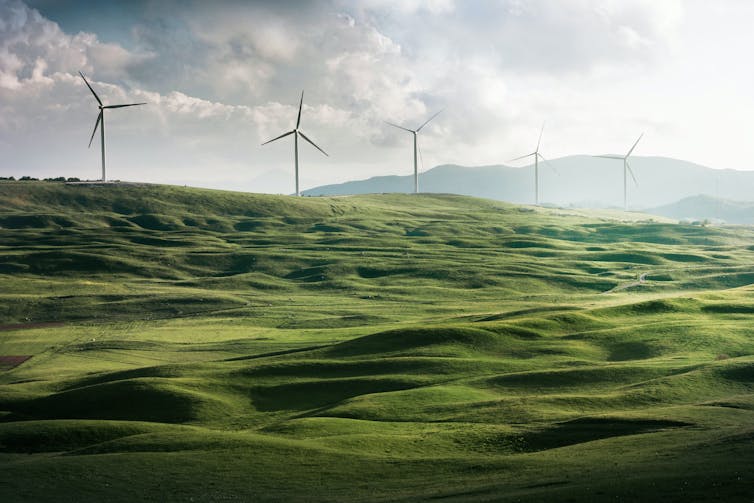
No wonder then that it is easier for most people to assume that the future will be like the past because the shape of the present limits how we can think about things to come. This is what worries me most about my book. I think it might be pushing against a door that is already closing. And the people who are pushing it are not stupid or evil, just politicians, businesses and ordinary people who all want to go back to what they had.
If lesson one of coronavirus is that things can change, and lesson two is that they easily slip back again, then lesson three must be about the importance of presenting images of the future that motivate people to imagine change. It is clear that we can’t carry on as we are and need to stop doing things that we were doing, but just saying that is a really bad way to encourage people to change.
Instead, we need to imagine futures which are just as exciting and fulfilling as the high speed, high consumption, high carbon ones we must leave behind. We need to give people good reasons to jump the tracks because it is much easier just to slide back to what you know. So let’s imagine the city quieter, and the air cleaner, less need to fight with traffic jams and more time to spend with family and friends. That seems like a good start to learning from COVID-19.![]()
Martin Parker, Professor of Organisation Studies, University of Bristol
This article is republished from The Conversation under a Creative Commons license. Read the original article.

